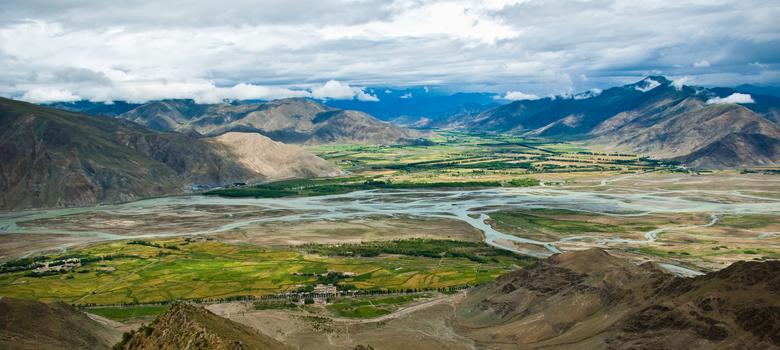November 14, 2015
British Prime Minister Cameron defends decision to target barbaric murderer ‘Jihadi John’, says it was an act of self-defence and the right thing to do
Secretary of State John Kerry and Prime Minister David Cameron of Britain said on Friday that they did not yet know the outcome of an air strike the U.S. military launched on Thursday to kill Mohammed Emwazi, the Islamic State’s most notorious executioner.
The two officials spoke, in separate briefings in Tunis and London, the morning after the Pentagon confirmed that the air strike, near the Islamic State stronghold of Raqqa, Syria, had targeted Emwazi, a British citizen who became known as Jihadi John.
Calling the Islamic State an “evil terrorist death cult,” Mr. Cameron defended the decision to target Emwazi, who was born in Kuwait and is a naturalised British citizen, as “an act of self-defence” and “the right thing to do.”






















